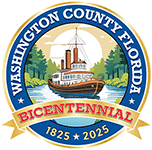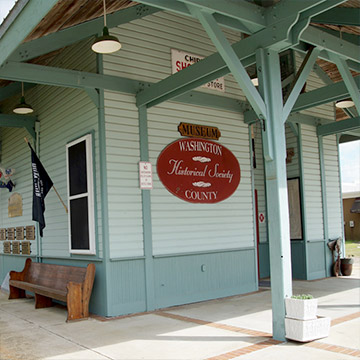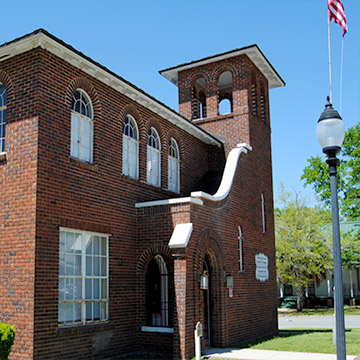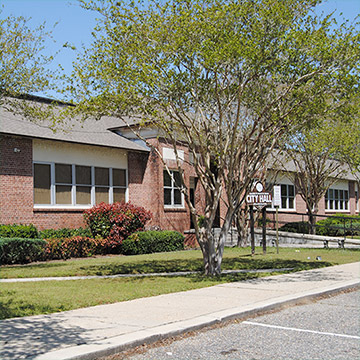Chipley, Florida
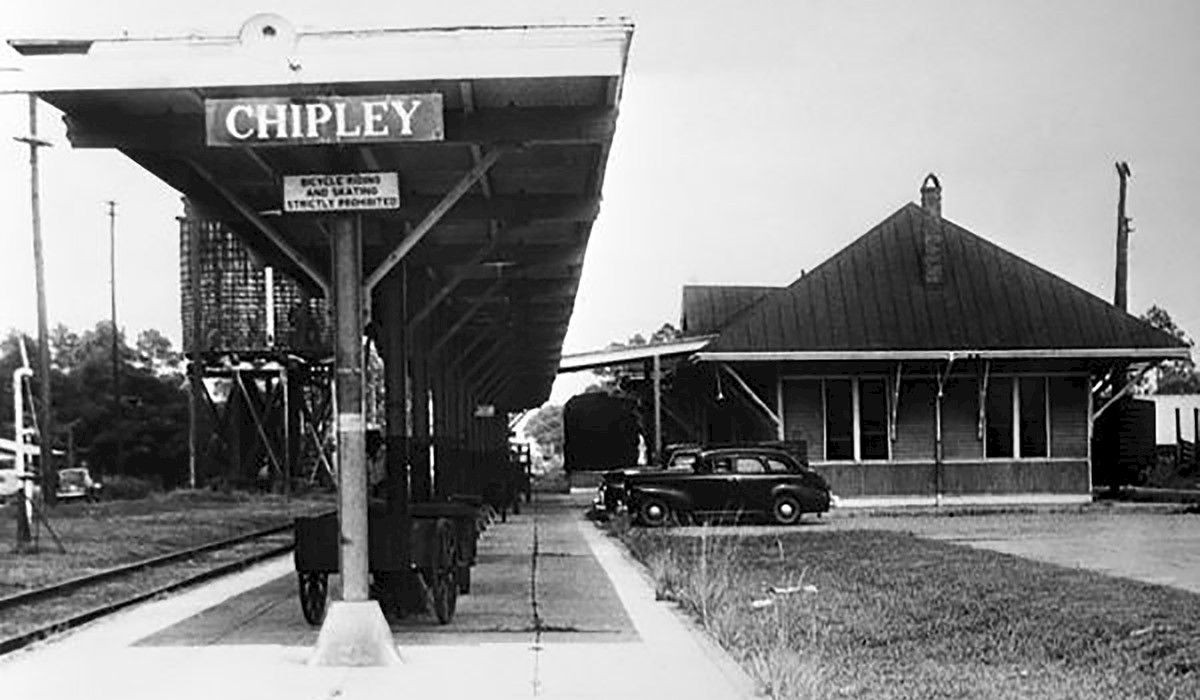
History of Chipley, Florida
Source: Washington County TDC
The first U.S. settlers of Vernon relied on existing trails and waterways for transportation. Unlike Holmes Valley, Vernon, and Orange Hill, the future site of Chipley was isolated from both, slowing development. Although early maps suggest the presence of a fort or blockhouse in the vicinity during the first years of the Seminole Wars (1817–1818), the modern city of Chipley was not founded until the building of the Pensacola & Atlantic Railroad, or P&A, in 1882.
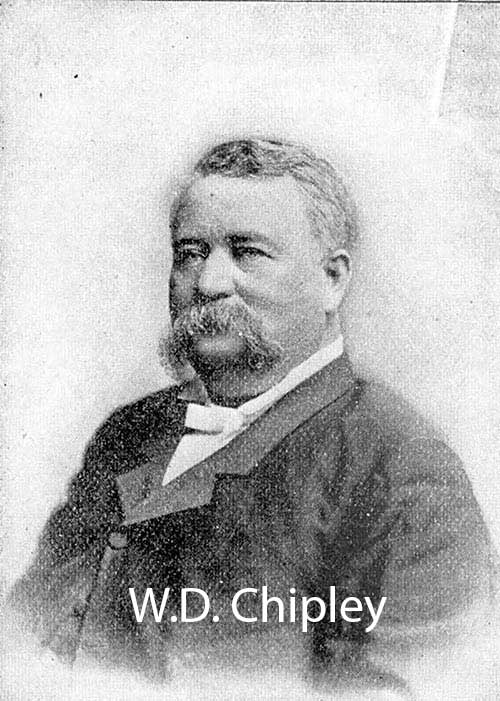
Initially operating as the P&A, the railroad that built Chipley was best known for much of its life as the L&N, or Louisville & Nashville. An east-west rail line across Northwest Florida was a long-time dream of agricultural and commercial interests west of the Apalachicola River. For the sake of travel, the railroad was needed. Before the line’s construction, it took days, if not weeks, to travel from Pensacola Bay to Apalachicola or its tributary, the Chattahoochee. Settlers believed that the lack of a railroad hindered West Florida’s development, which depended on poorly graded roads and waterways for travel. Indeed, inadequate transportation impeded the economic development and population growth of a county whose residents largely relied on subsistence agriculture. Cash crops, such as cotton, lumber, and tobacco, were marginal due to impractical shipping options. Ensuing frustration heightened West Florida’s desire to annex into Alabama, whose leaders offered a resolution. Ultimately, the Florida legislature approved the chartering of the P&A in 1881. With federal assistance, the legislature authorized a 2.2 million-acre land grant, nearly one-fifteenth the size of the entire state.
Col. William D. Chipley, who became known as “West Florida’s Mr. Railroad,” operated as the L&N’s vice president and general superintendent. He first planned a town a few miles east in Jackson County. However, influential friends such as Major W.J. Vankirk, principal developer of DeFuniak Springs, persuaded him to select Washington County to increase the chances of the community becoming the county seat. The site that ultimately became Chipley was selected as a coal and water stop between Milton and Marianna. The steam locomotives of the day needed water to operate. Thus, the abundant springs west of today’s downtown Chipley contributed to a body of water called “Tank Pond,” used to refill boilers.
Although many county residents and business owners hoped the line would run closer to existing population centers, Chipley selected a less expensive route along the northern edge of Washington County, where the terrain was more level and less populated. Bypassing established settlements lowered railroad construction costs and rights-of-way acquisition. This decision crushed dreams of a new town at Orange Hill, as he selected a route north of the older land route connecting Marianna with Vernon, located on 80 acres Major Vankirk had acquired.
Originally called Orange or Orange Station for nearby Orange Hill, the name was changed to Chipley to honor the community’s benefactor. The town ultimately achieved its goal of taking the county seat designation from Vernon in 1927 by carving off the southern half of the county to create Bay County in 1913 and adjusting the eastern border in 1915 to accommodate Chipley’s growth, which had spread into Jackson County. Established in 1882, a post office was assigned to Chipley the following year, and it grew as an important stop on the P&A before incorporation in 1900. As planned, the town became a significant manufacturing and shipping point for timber and agricultural products. Lumber, naval stores, and cotton had become the primary economic drivers in Washington County. Early buildings were constructed from the abundant supply of dimensional lumber. The town plat was recorded in 1907 after several early fires. Subsequently, the business district was constructed of brick and other masonry materials that still stand today. Chipley’s downtown district faced the tracks, paralleled by North and South Railroad Avenue.
In 1925, the construction of U.S. Highway 90, known as the “Old Spanish Trail,” added another important transportation artery and spurred further development. By 1926, Chipley had a concentrated residential district surrounding the downtown commercial district. The elegance of the historic structures of this era belies their history, which was often as wild as those in any railroad town of the Wild West.
